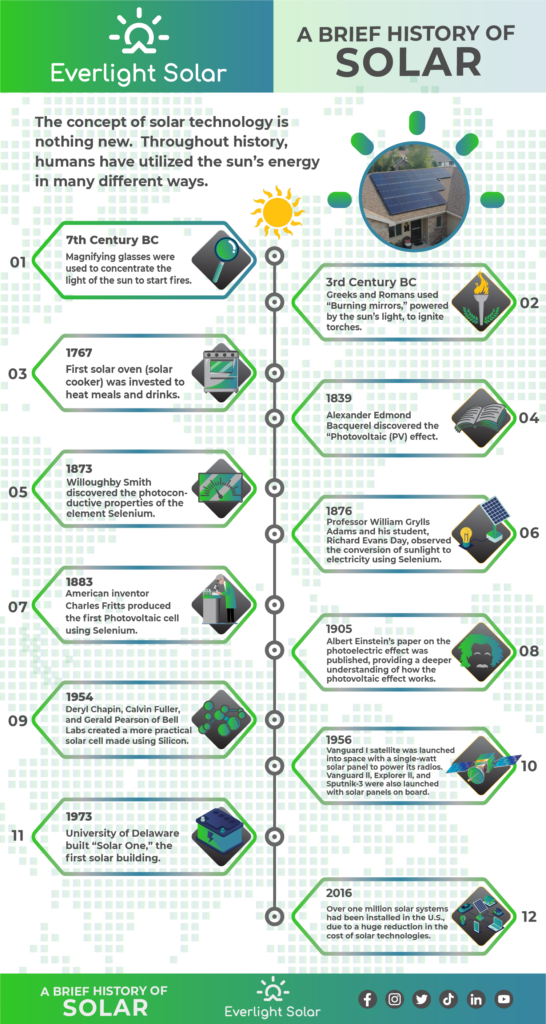History of Solar Panel Technology

The history of solar panel technology dates back several decades and has seen significant advancements over time. Here is a brief overview of the key milestones in the development of solar panels:

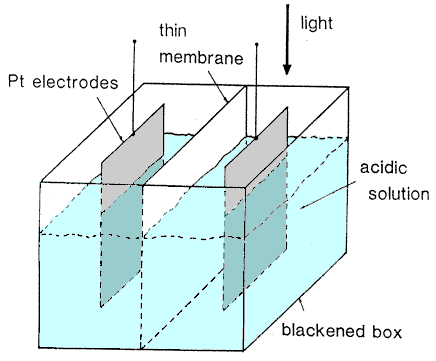
Photovoltaic Effect:
The discovery of the photovoltaic effect in 1839 by French physicist Edmond Becquerel laid the foundation for solar energy conversion. He observed that certain materials produced an electric current when exposed to light.
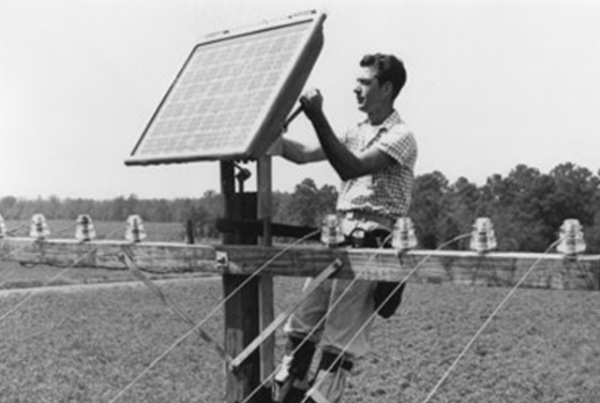
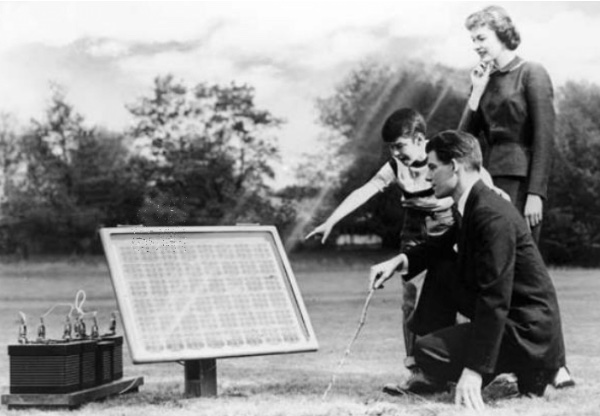
Early Solar Cells:
In 1883, American inventor Charles Fritts created the first working selenium-based solar cell. It had a low efficiency but marked the beginning of using solid-state materials for solar energy conversion.
Silicon Solar Cells:
In the 1950s, Bell Laboratories researchers Gerald Pearson, Daryl Chapin, and Calvin Fuller developed the first highly efficient silicon solar cell. This breakthrough led to further research and development in the field.
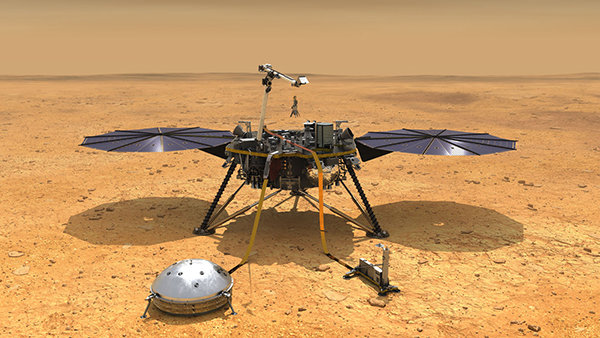

Space Applications:
In the late 1950s and throughout the 1960s, solar cells gained prominence in the space industry. They were used to power satellites and spacecraft missions, including the Vanguard I satellite (1958) and the Apollo missions to the moon (1969-1972).
Cost Reduction and Efficiency Improvements:
Over the following decades, solar panel technology continued to improve. Researchers focused on reducing manufacturing costs and increasing efficiency. The introduction of screen-printing techniques and improved silicon purification processes helped make solar panels more affordable.
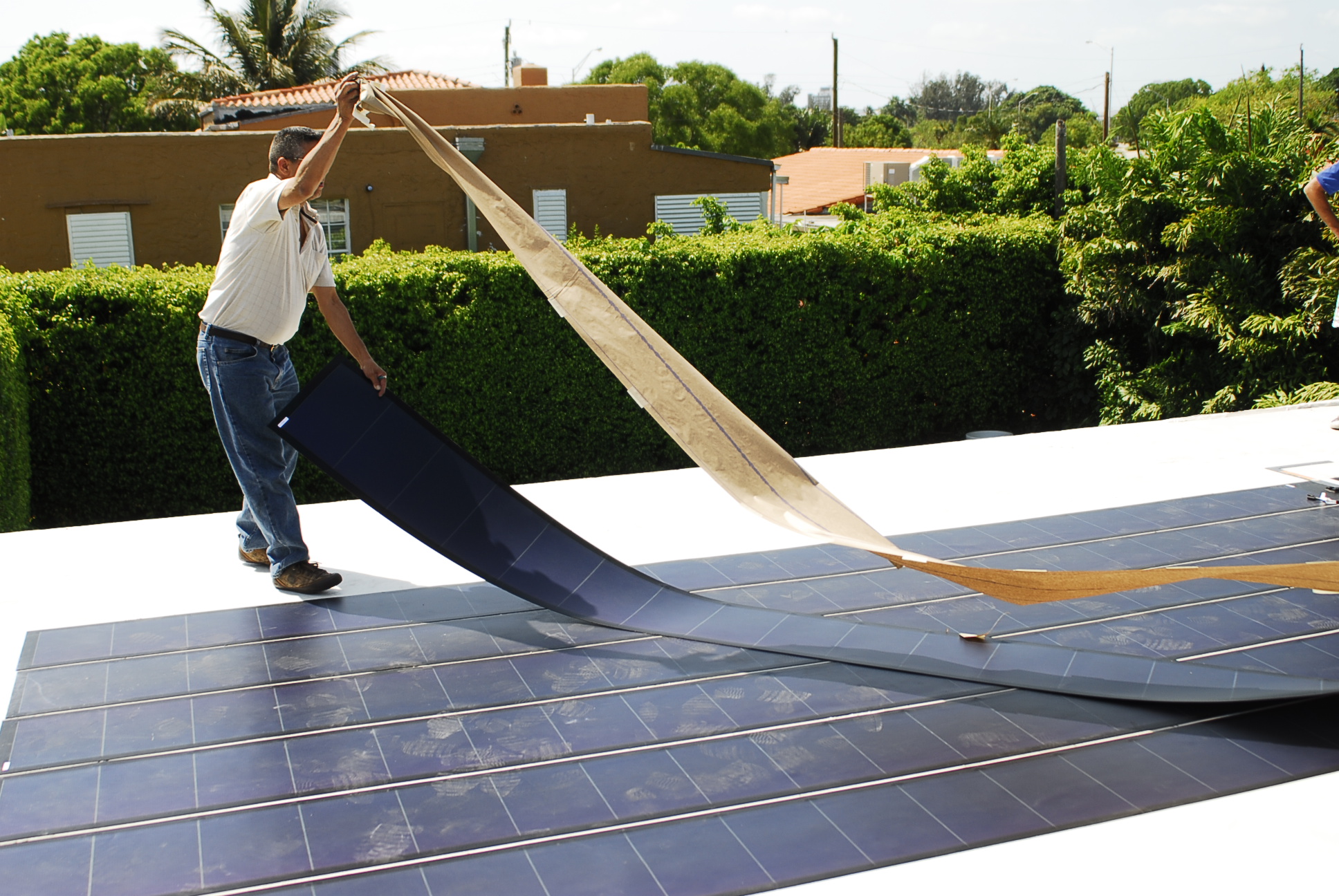
Thin-Film Solar Cells:
In the late 1970s, thin-film solar cells emerged as an alternative to traditional crystalline silicon cells. Thin-film technologies, such as amorphous silicon, cadmium telluride, and copper indium gallium selenide, offered lower production costs and flexibility in applications.
Grid Integration and Residential Use:
As solar panel costs decreased and efficiency increased, the 1990s saw a growing interest in grid-connected solar electricity systems. Governments and utilities began offering incentives for renewable energy adoption, leading to an increase in residential and commercial installations.
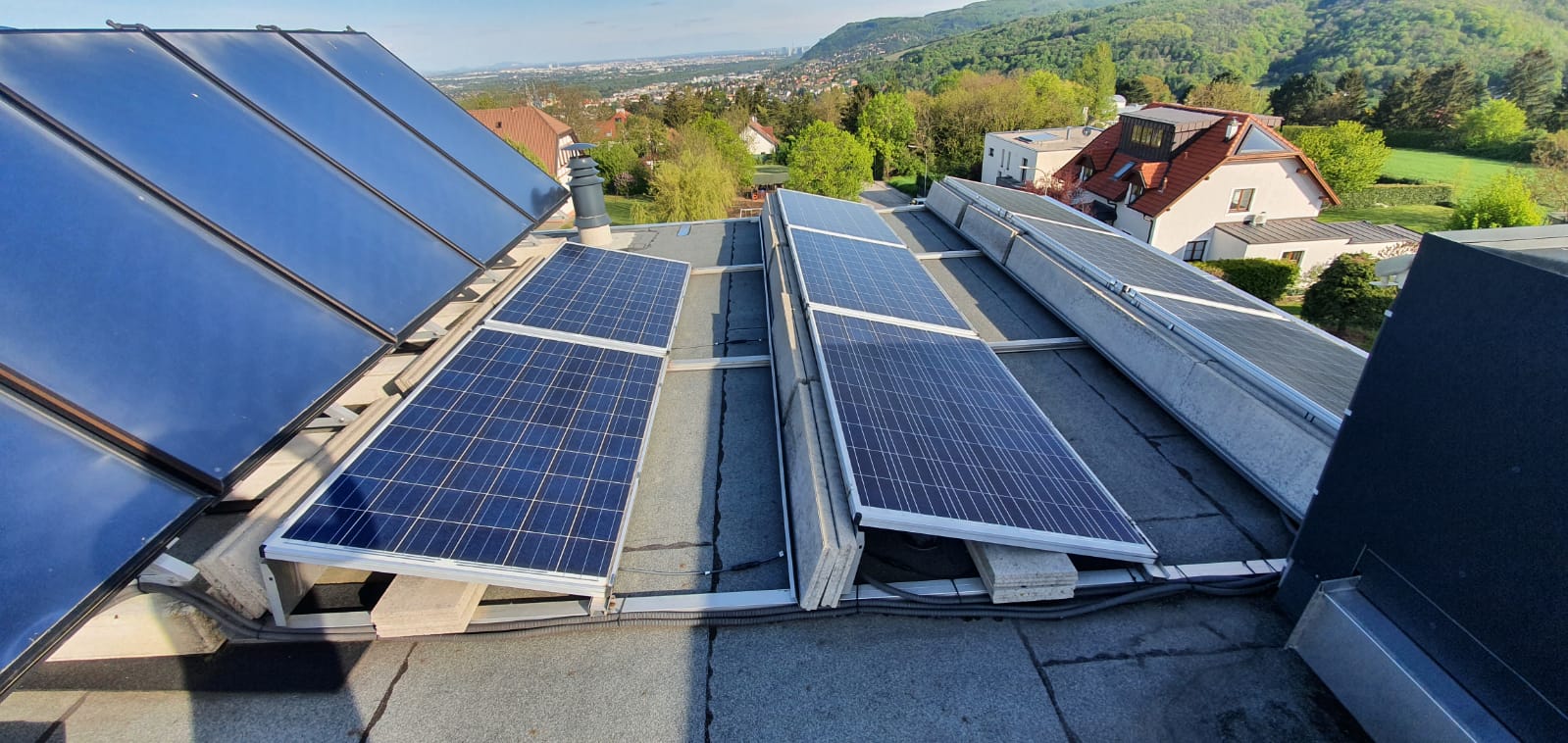
Continued Efficiency Improvements:
In recent years, there have been significant advancements in solar cell efficiency. Researchers have explored various techniques such as multi-junction cells, tandem cells, and perovskite solar cells. These developments aim to further increase power output while reducing costs.
Integration and Energy Storage:
As solar panels became more prevalent, the focus shifted to integrating them into existing power grids. Additionally, advancements in energy storage technologies, such as lithium-ion batteries, have allowed for better management of solar-generated electricity and increased self-consumption.
Future Innovations:
Research and development efforts are ongoing to improve solar panel technology. This includes exploring new materials, advanced manufacturing processes, and innovative designs like solar windows and solar textiles.
By adapting and improving upon earlier discoveries, solar panel technology has made remarkable progress, enabling widespread use of renewable energy and contributing to a cleaner and more sustainable future.
